Knives are more than just tools; they are an extension of human ingenuity and creativity. From the crude flint blades used by our ancestors to the stylish and functional Chef Knives & Sets we use today, the evolution of knives showcases mankind's progress in weaponry, cooking, and everyday tasks. This article takes you on a captivating journey through the history of knives, highlighting their transformation over time and exploring the various types available today, including Hunting Knives, Pocket Knives, and Folding Knives as well as unique Personalized Gifts for knife enthusiasts.
The Origins: Knives in Prehistoric Times
The history of knives stretches back over 2.5 million years. Early humans made the first knives from natural materials like flint and obsidian. These sharp-edged stones were shaped by a process called flint knapping, which involved striking stones with another hard object to create blades.
Flint Tools and Their Significance
Flint knives served various purposes in prehistoric societies. They were used for cutting meat, skinning animals, and carving wood or bone. As humans advanced in their skills, so did the design and functionality of knives. The innovations in metallurgy during the Bronze Age led to the creation of the first metal knives, changing the landscape of tool-making forever.
The Rise of Metal Knives
With the advent of metalworking, brands of knives evolved significantly. By the time the Iron Age began, societies produced knives from iron and later steel, materials that offered durability, sharpness, and greater precision when carving and cutting.
The Art of Knife Making
Throughout history, knife-making became an art form, particularly in cultures like those in Japan, where craftsmen honed their skills over generations to create exceptional Chef Knives & Sets. The famous Katana is one of the most recognized knives and highlights the expertise of Japanese blacksmiths.
Knives in Different Cultures
The significance of knives varies across cultures, often tied to survival, cooking, and traditions.
Chef Knives & Sets in Culinary Traditions
In culinary arts, the design of Chef Knives & Sets has been refined to produce tools tailored for different tasks, such as slicing, dicing, filleting, and chopping. Each type of knife has its unique shape and blade length, often reflecting cultural influences and advancements in cooking techniques. For instance, French chefs prefer long, narrow blades, while Japanese chefs utilize a wider range of knife forms for various culinary applications.
Hunting Knives: Tools for Survival
Hunting Knives emerged as a vital tool for early humans who relied on hunting for food. These knives were crafted for specific tasks such as skinning game, preparing meals, and performing general survival-related activities. The culture surrounding hunting has kept this type of knife relevant, with modern hunters preferring specialized knives designed for specific purposes, showcasing modern craftsmanship.
The Era of Folding Knives and Pocket Tools
As societies evolved, so did the need for portable cutting tools. The invention of folding knives revolutionized personal and outdoor gear, leading to the popularization of Pocket Knives.
The Versatility of Folding Knives
Folding Knives combine portability with practicality, making them a popular choice for outdoor enthusiasts and everyday users. These knives are compact and easy to carry, making them handy for tasks ranging from opening packages to outdoor cooking adventures. The intricate designs of both traditional and modern folding knives showcase the blending of functionality and aesthetic appeal.
Modern Innovations in Knife Design
With advances in technology and materials, modern knives now offer a plethora of options for both collectors and casual users. The evolution of knife design is not just a tribute to historical craftsmanship but also a nod to modern aesthetics and functionality.
Materials Used in Modern Knives
Today’s knives are crafted from a variety of advanced materials, including high-carbon stainless steel and ceramic, which provide better edge retention and corrosion resistance. New technologies allow for the production of lighter, stronger, and more durable knives that cater to specific needs, including culinary tools that enhance the efficiency of food preparation.
Personalized Gifts for Knife Enthusiasts
In the realm of personal gifting, knives have become a popular choice for Personalized Gifts. Engraving or customizing a knife can make it a sentimental piece that reflects the recipient's personality or interests. Whether it's a Hunting Knife for an avid hunter or a tailored Chef Knife & Set for a culinary aficionado, personalized knives add a personal touch to gifts.
The Resurgence of Traditional Knife Making
In recent years, there has been a resurgence in traditional knife-making techniques. Craftsmen and women are reviving ancient methods, breathing new life into a practice that has been passed down through generations.
Embracing Manual Craftsmanship
Handcrafted knives not only highlight the skill of the maker but also inspire a deeper appreciation for the materials and artistry involved in their creation. Enthusiasts seek out artisan knives for their craftsmanship, uniqueness, and the story behind each piece, making them cherished additions to any collection.
Conclusion: The Timeless Appeal of Knives
The history of knives is rich and varied, reflecting changes in culture, technology, and craftsmanship. From early tools made of stone to sophisticated designs that blend function and style, knives continue to be essential items in our daily lives. As you explore the remarkable world of knives, consider investing in quality options like Hunting Knives, Pocket Knives, and Chef Knives & Sets, or perhaps find the perfect Personalized Gifts for the knife enthusiasts in your life. Whatever your preference, the ever-evolving design and purpose of knives ensure they will continue to hold significance for generations to come.






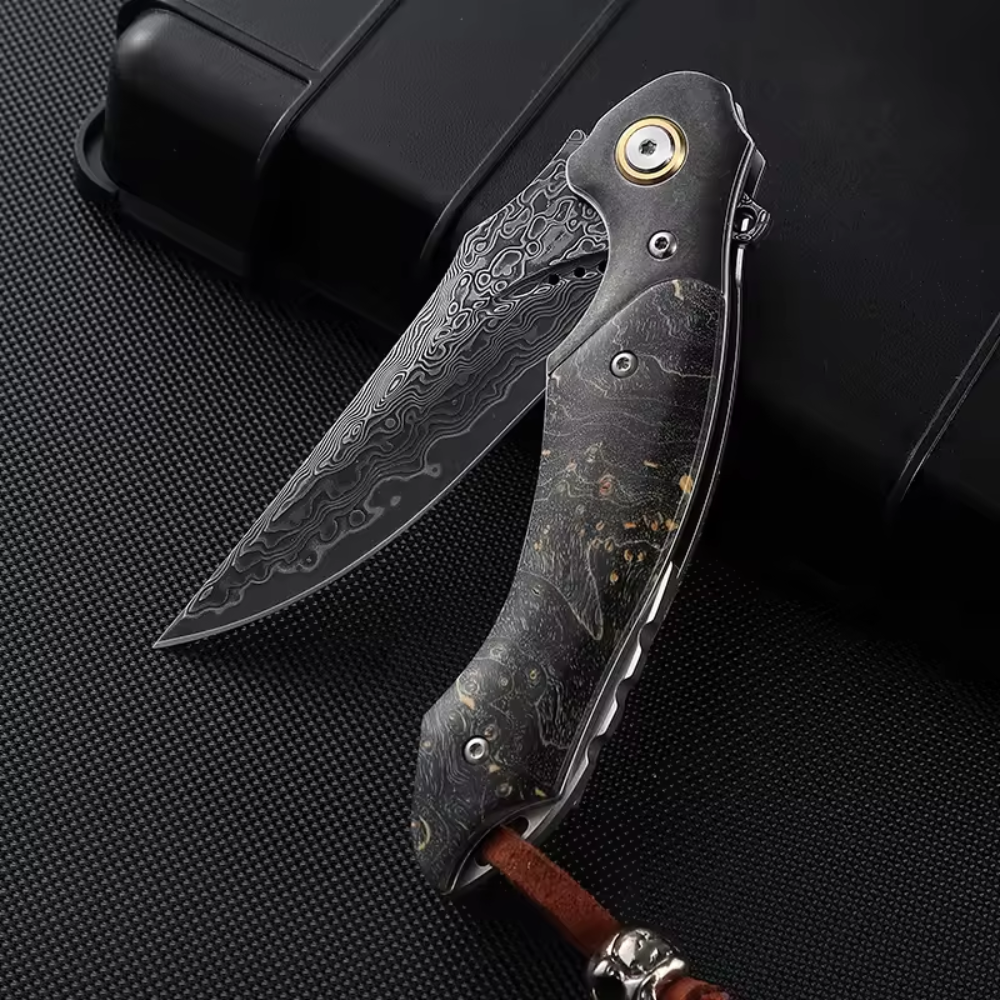
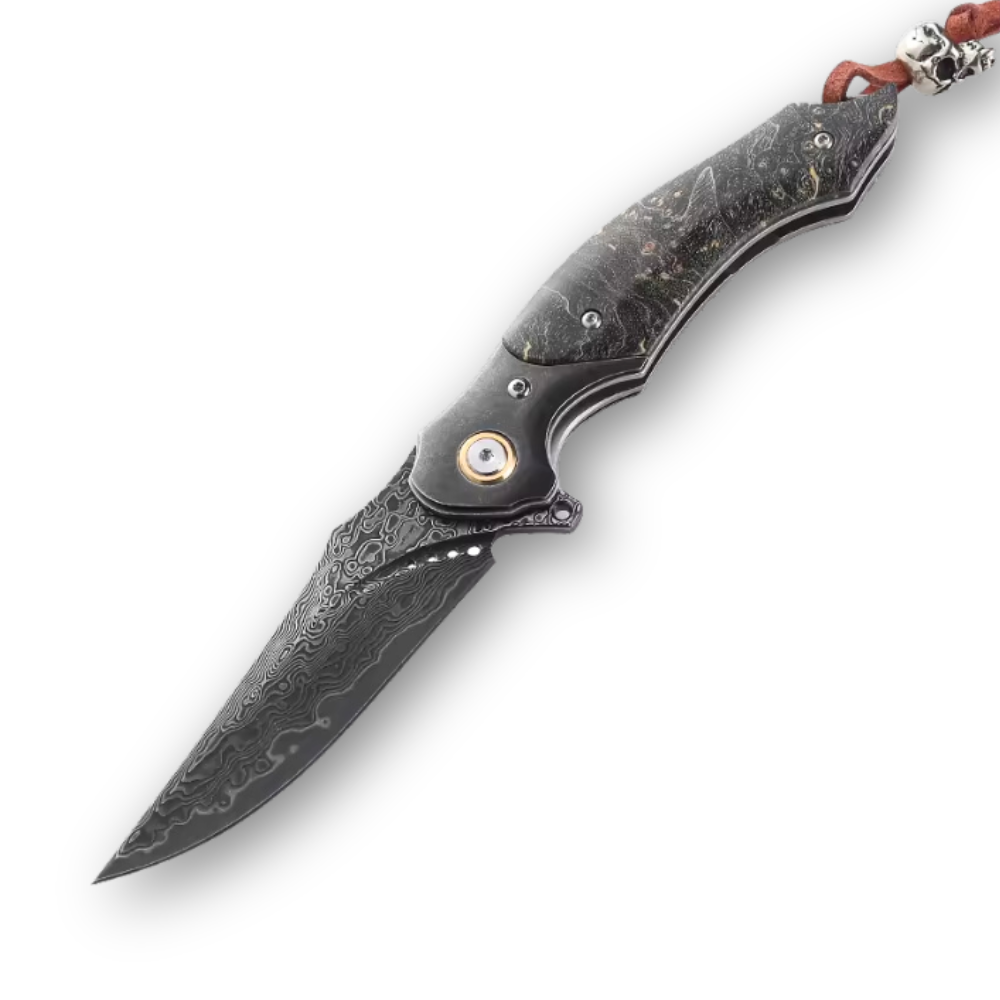
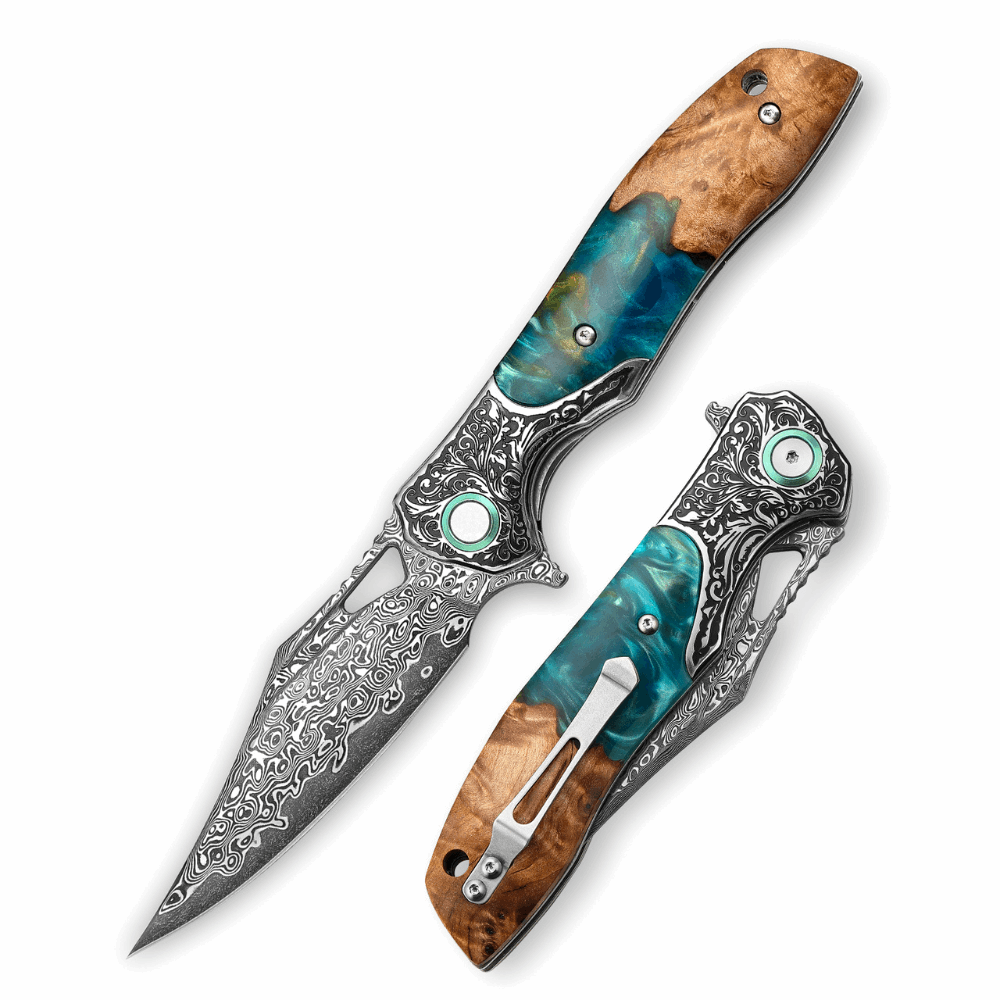
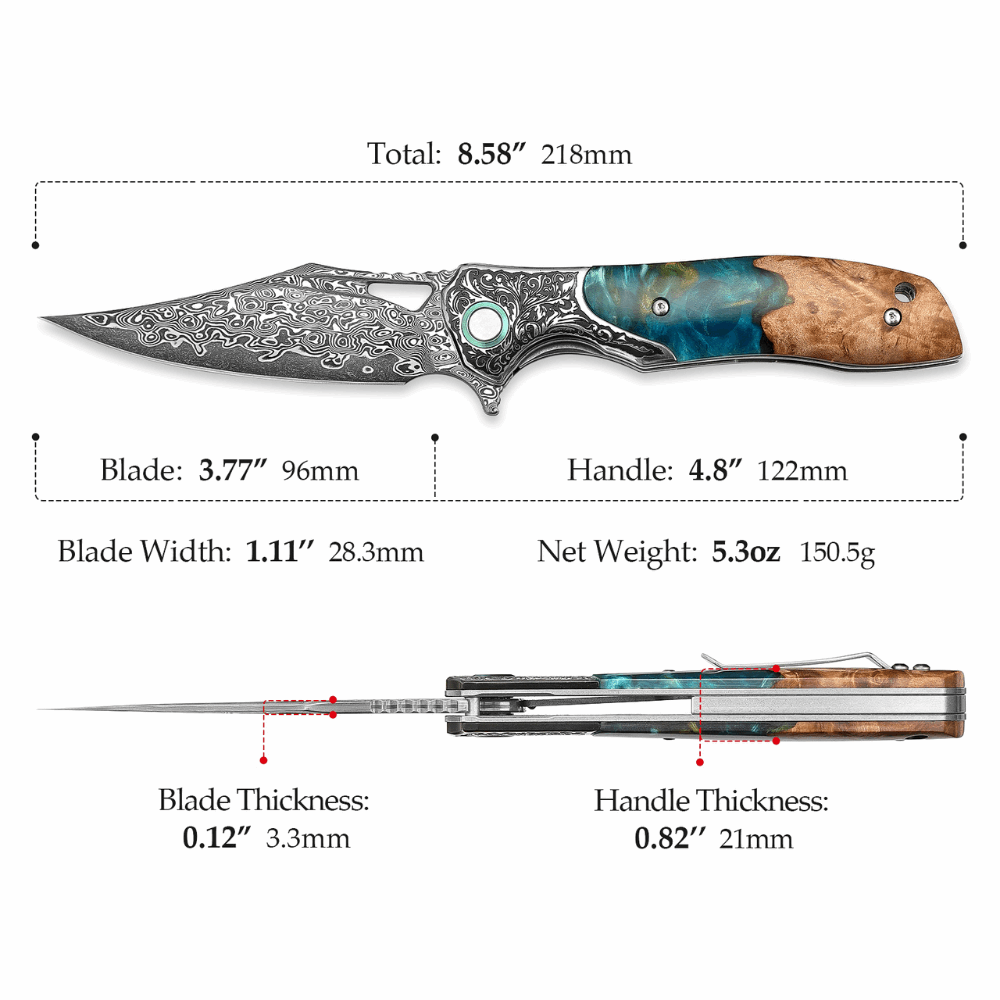
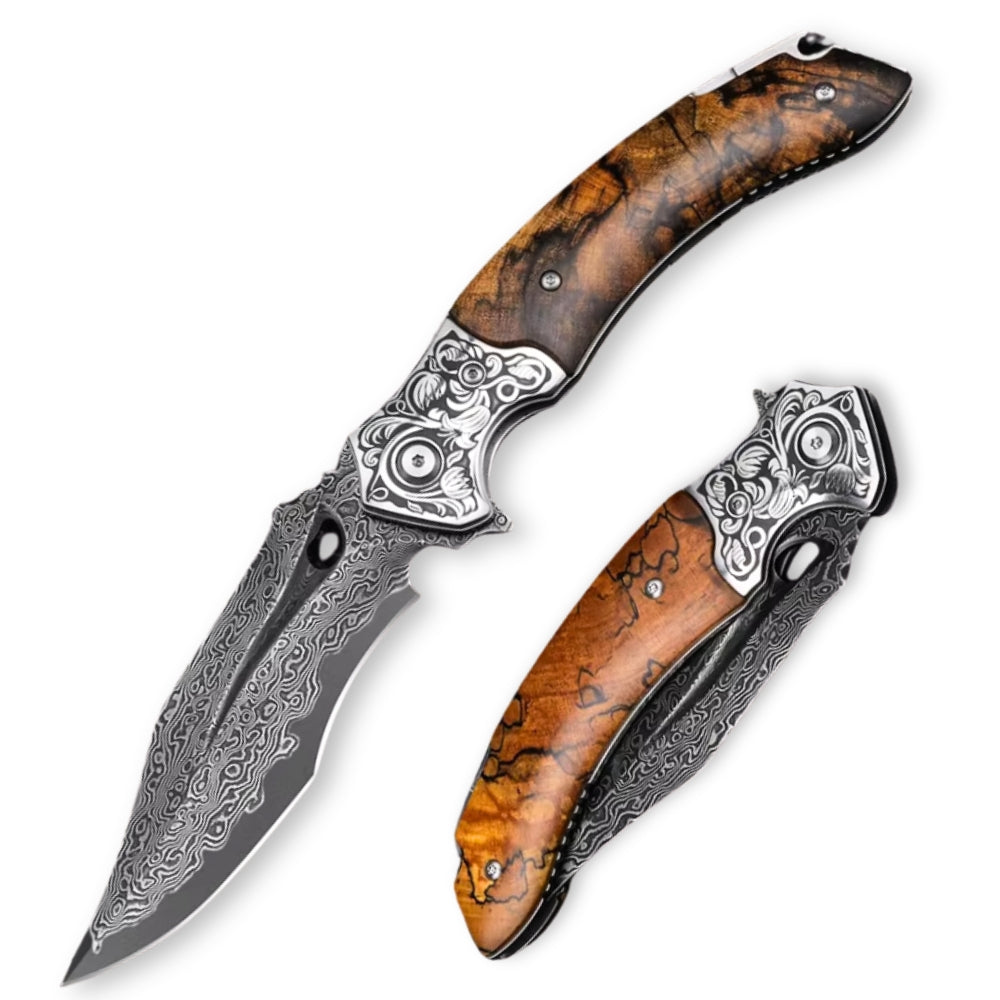
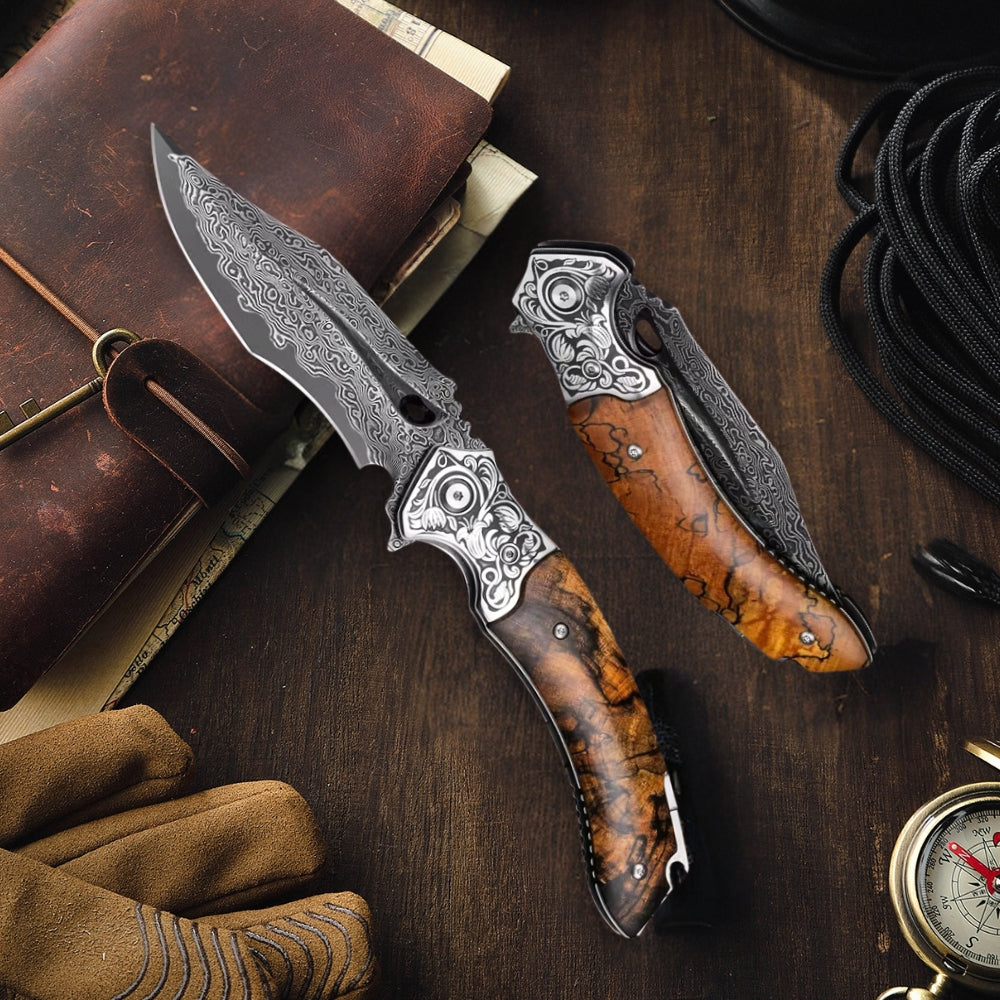
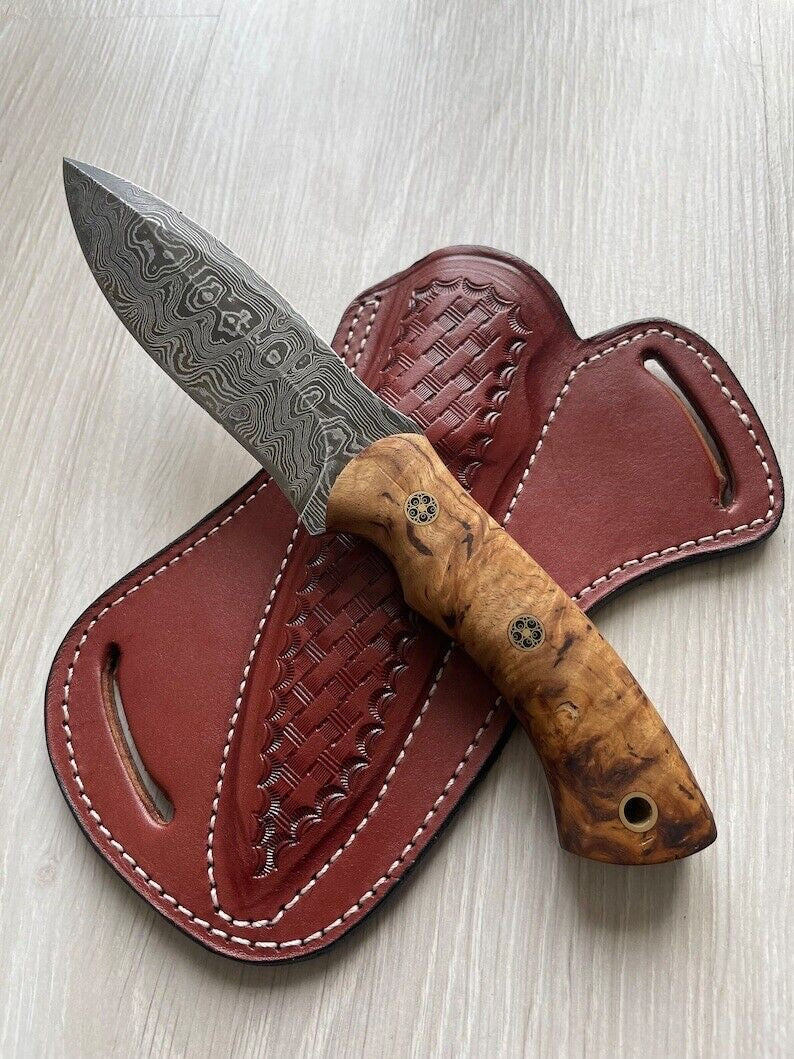
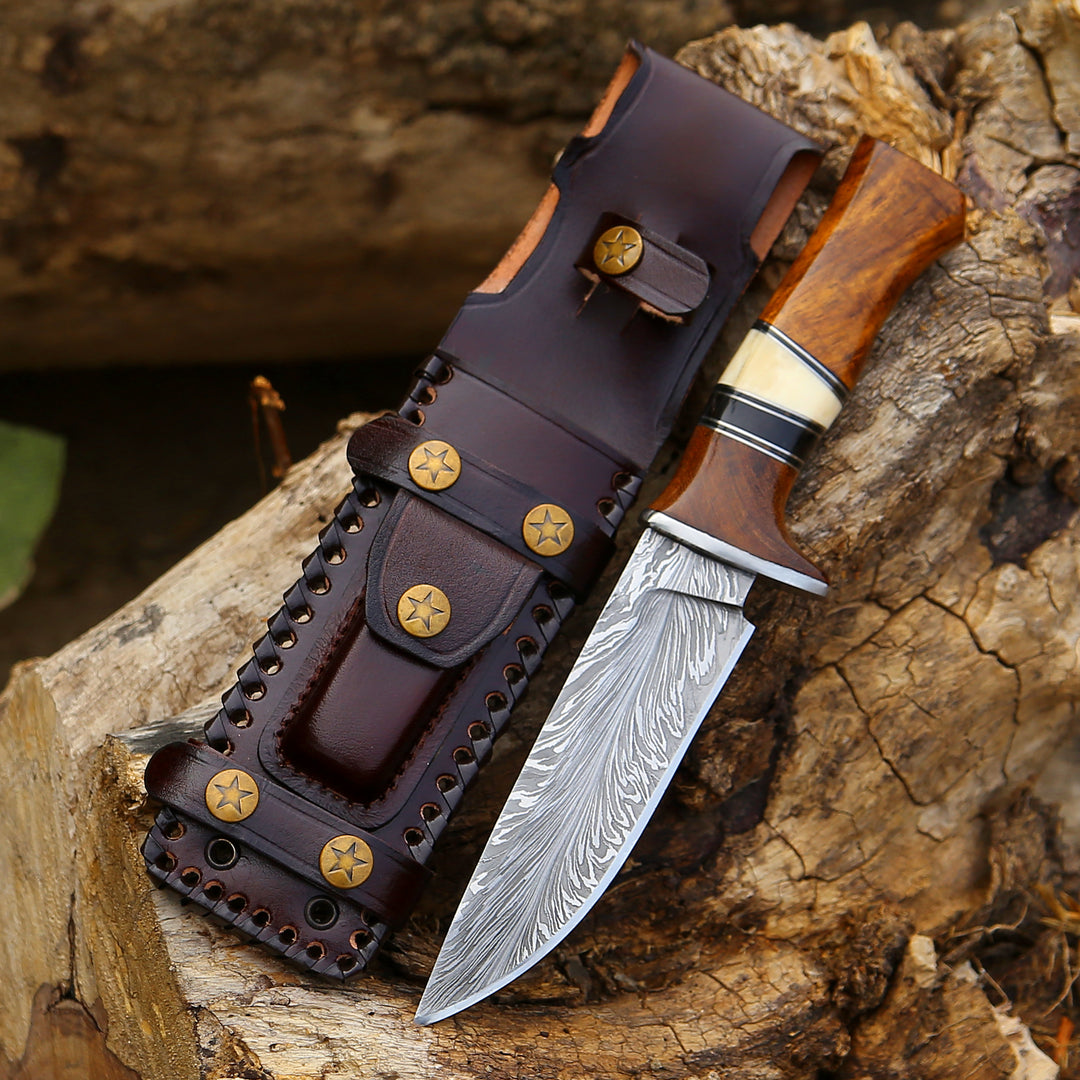

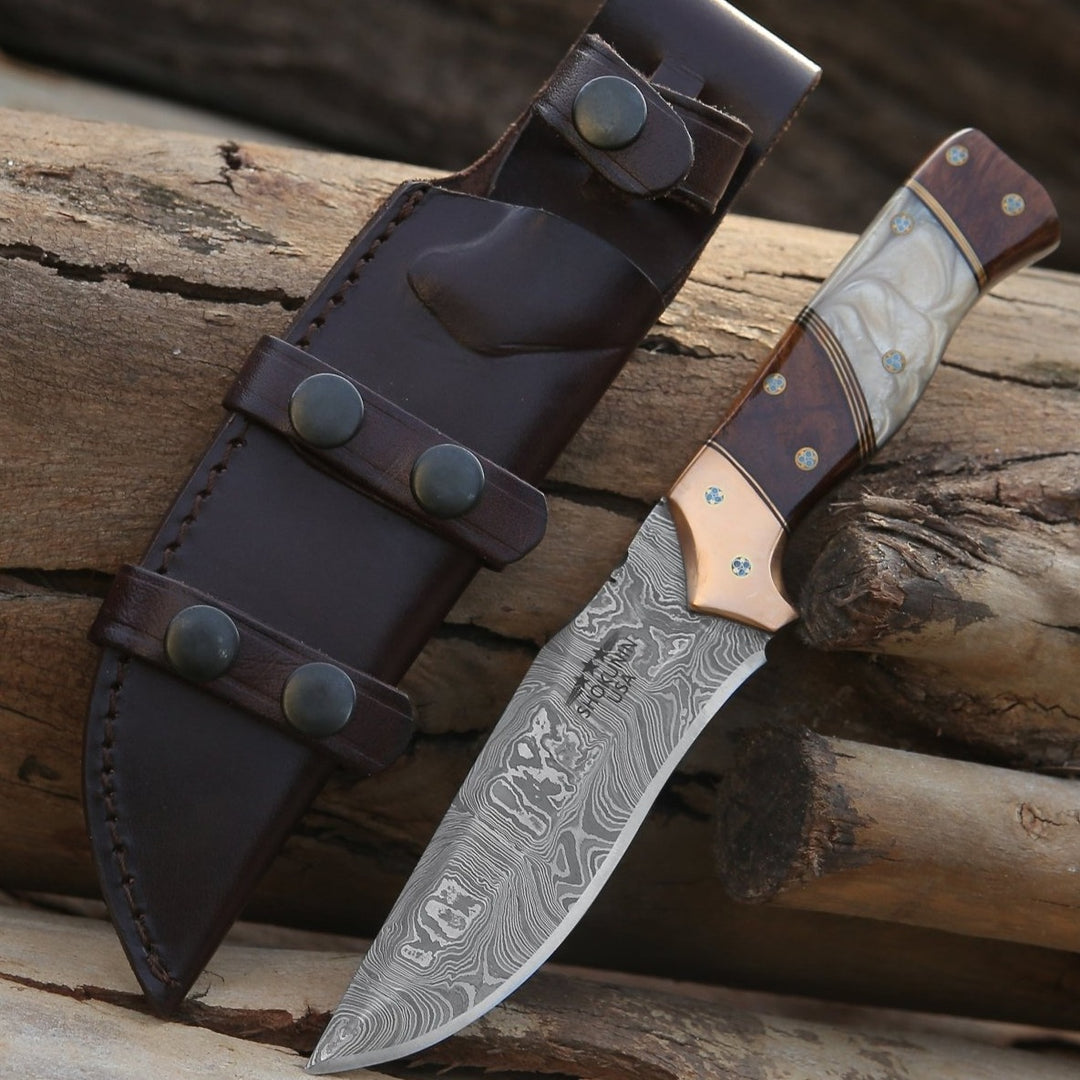
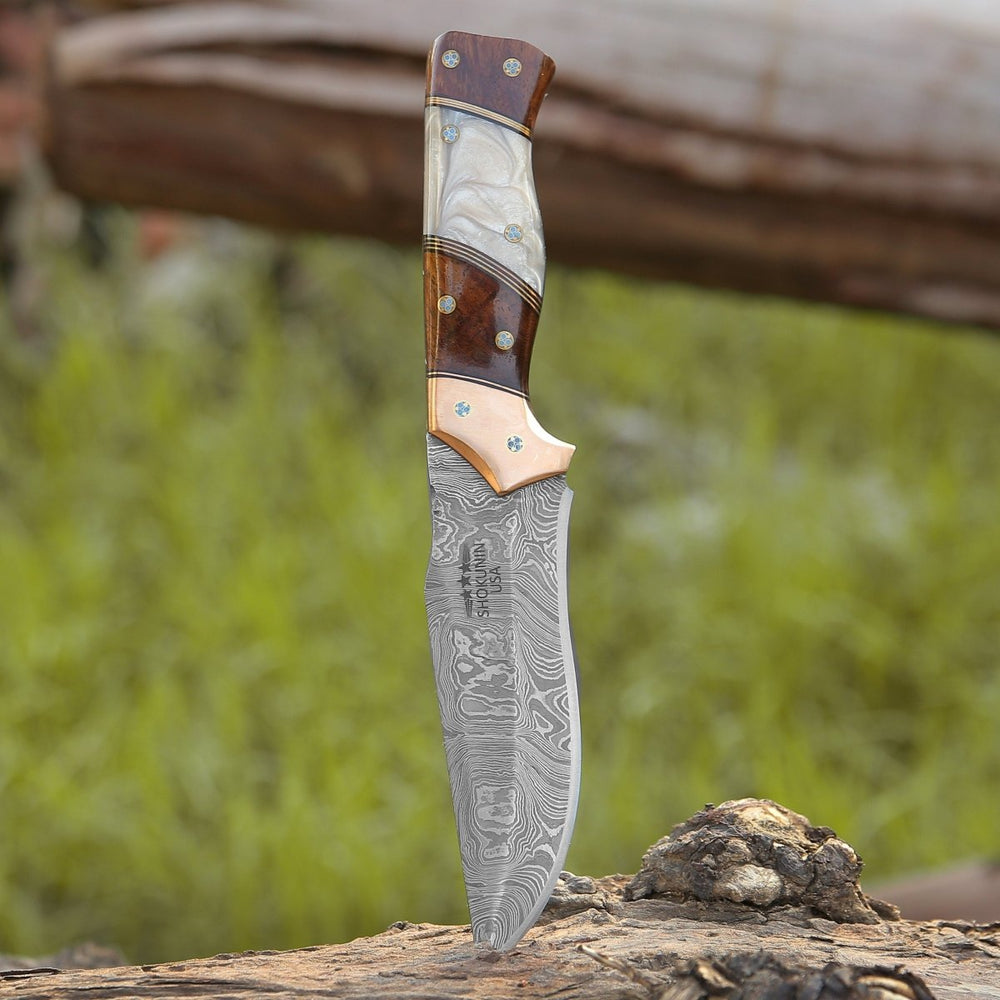

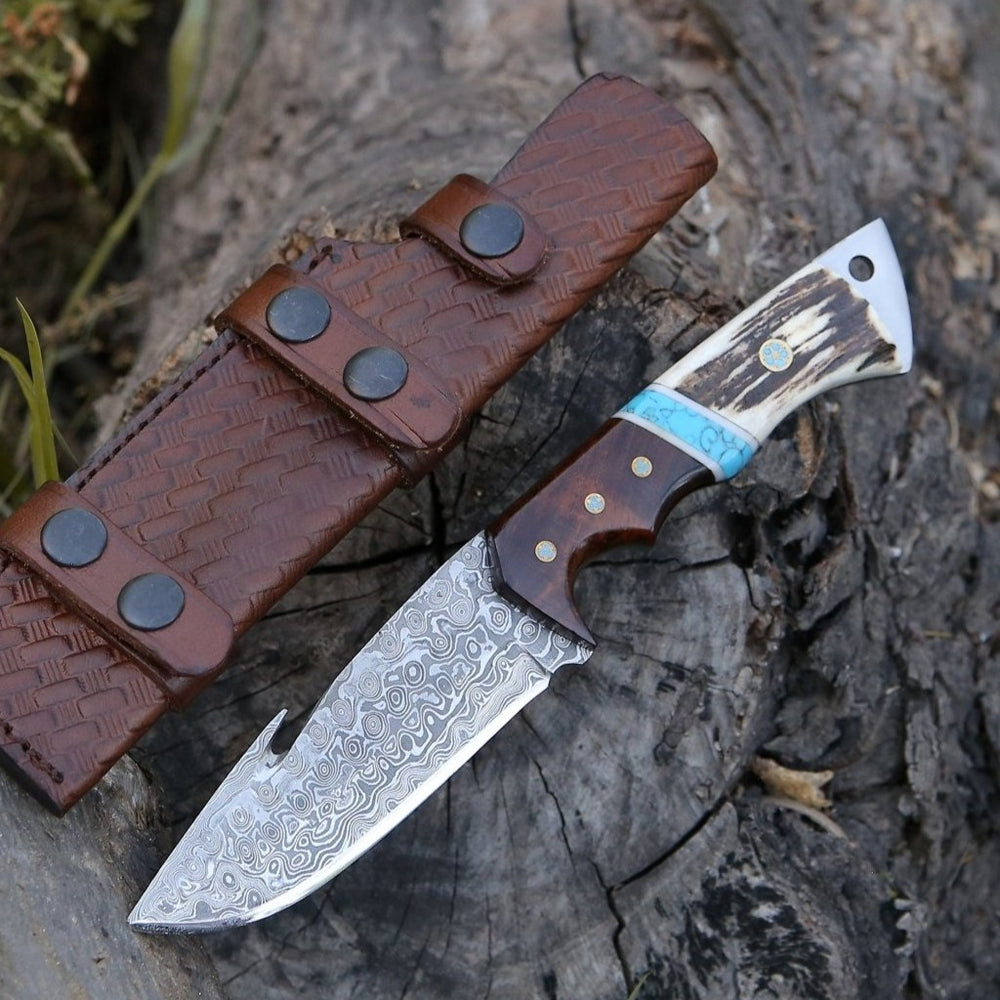
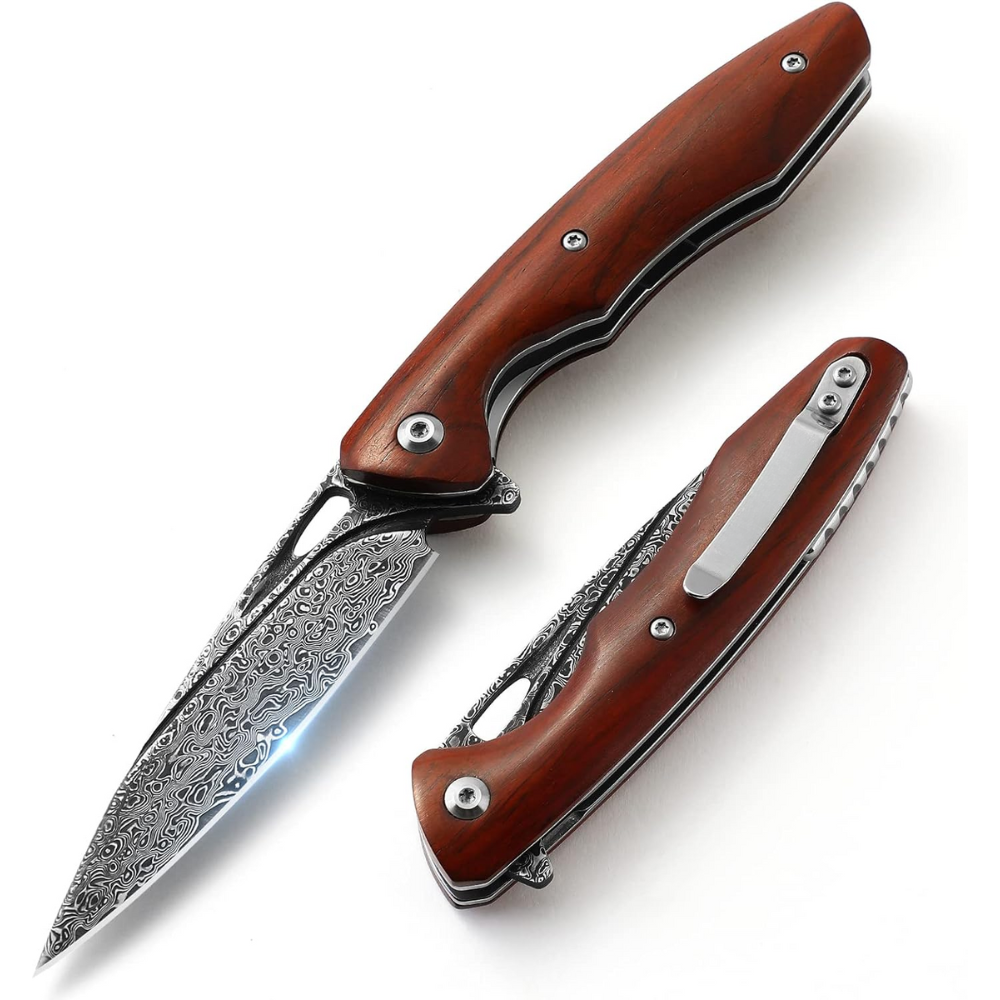
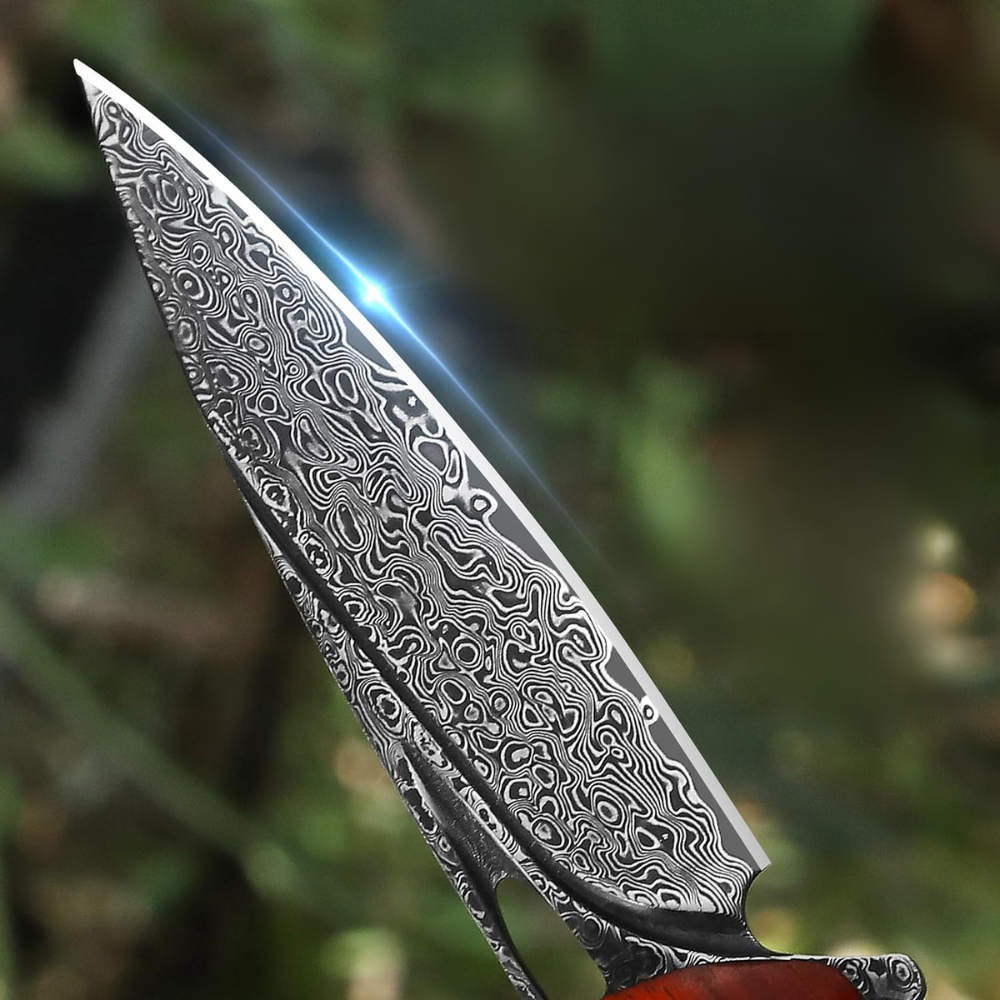
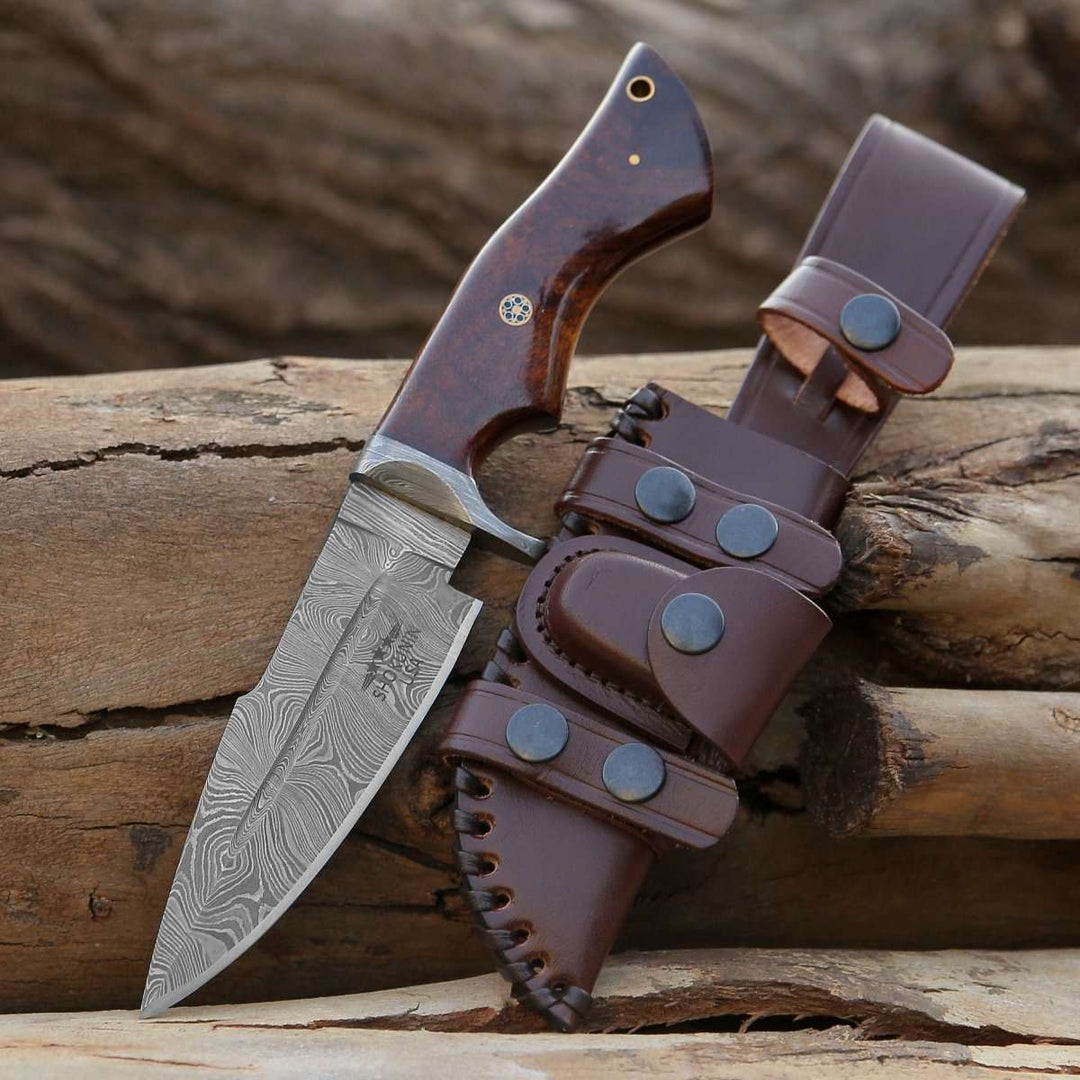
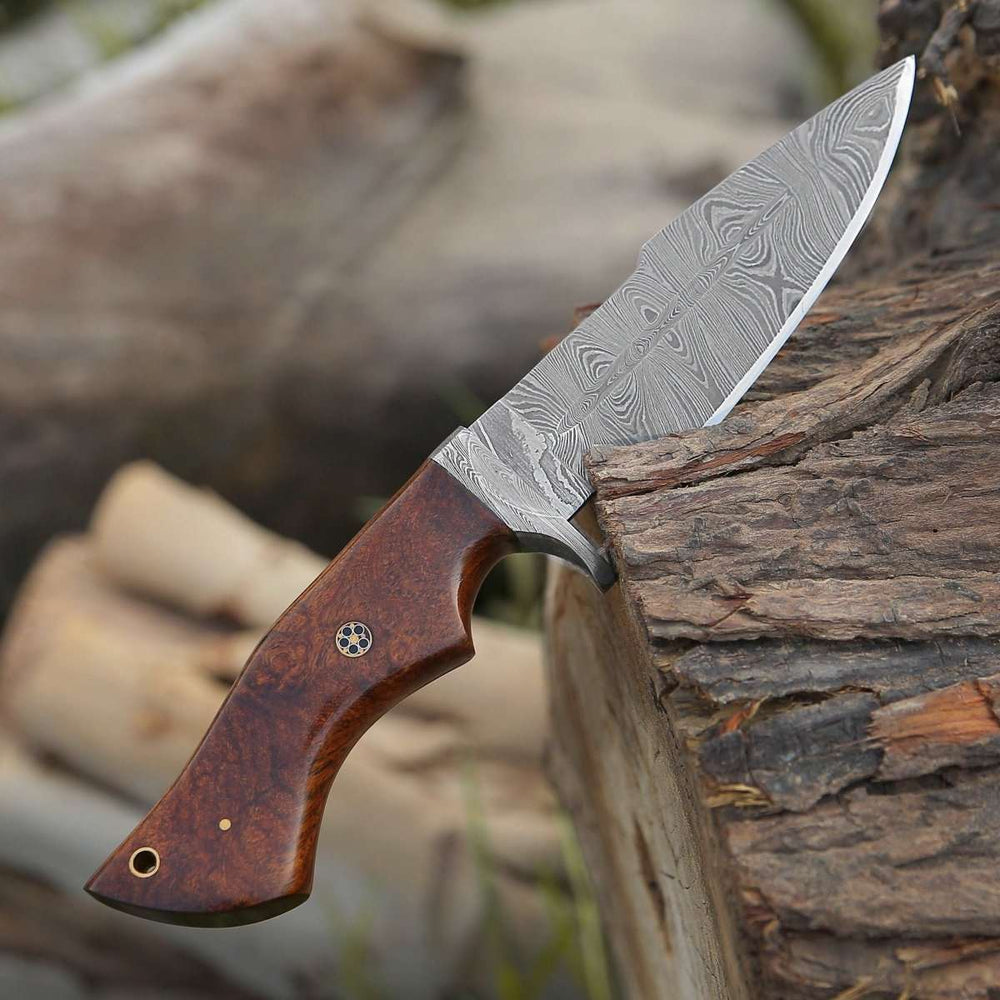
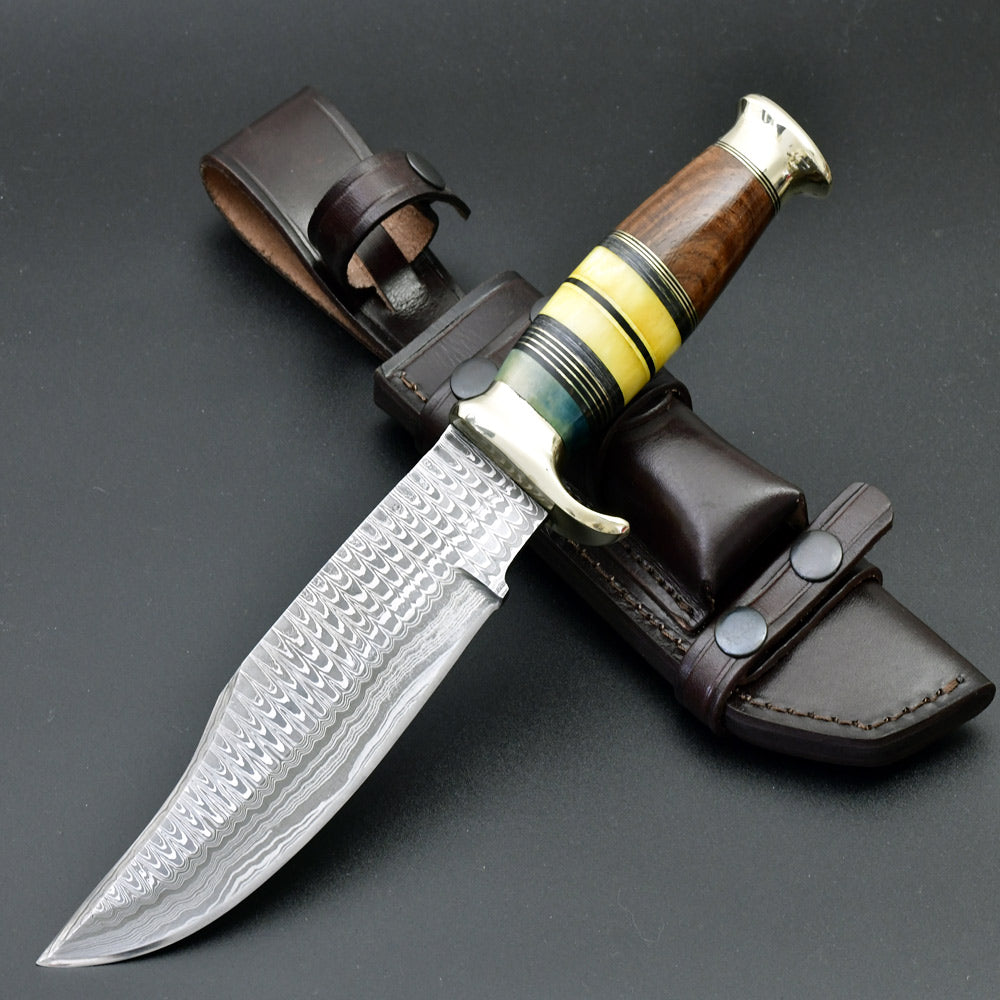
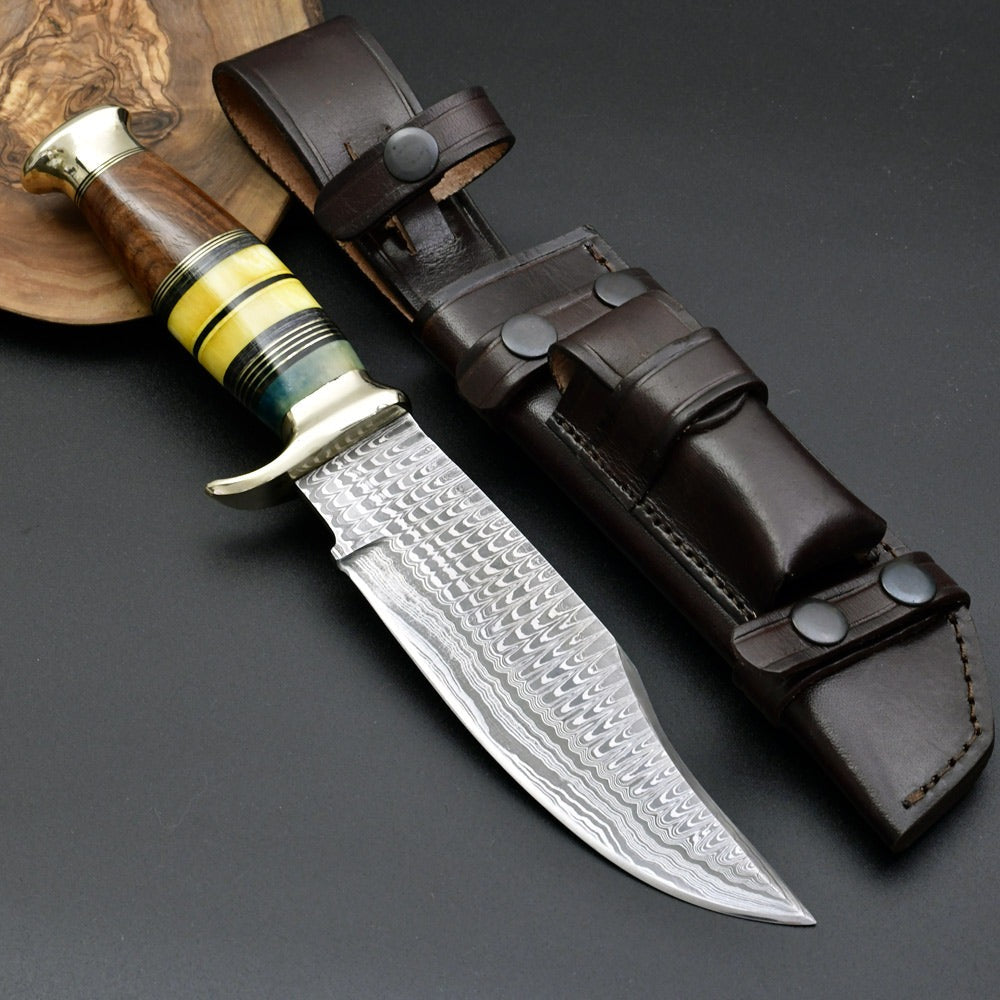
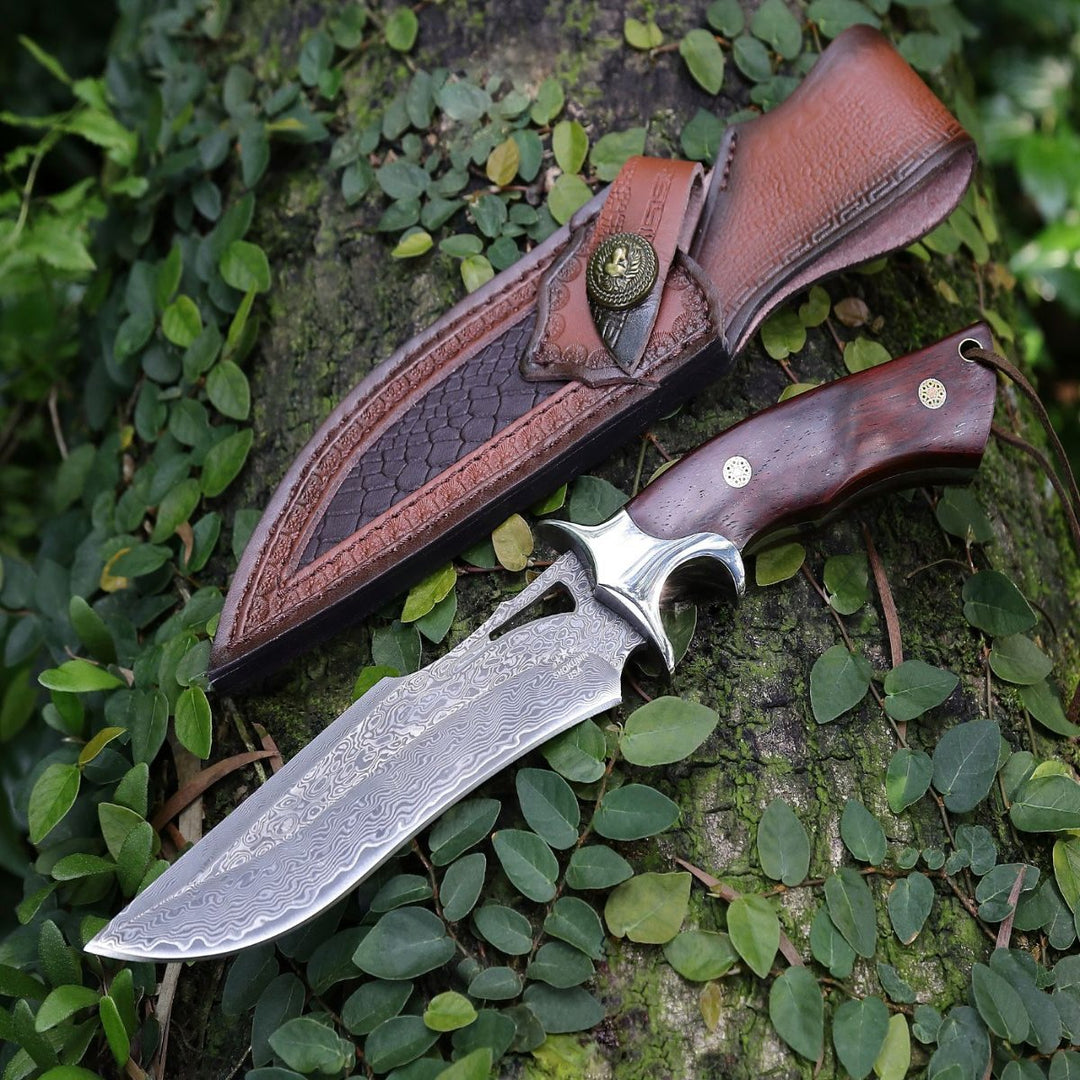
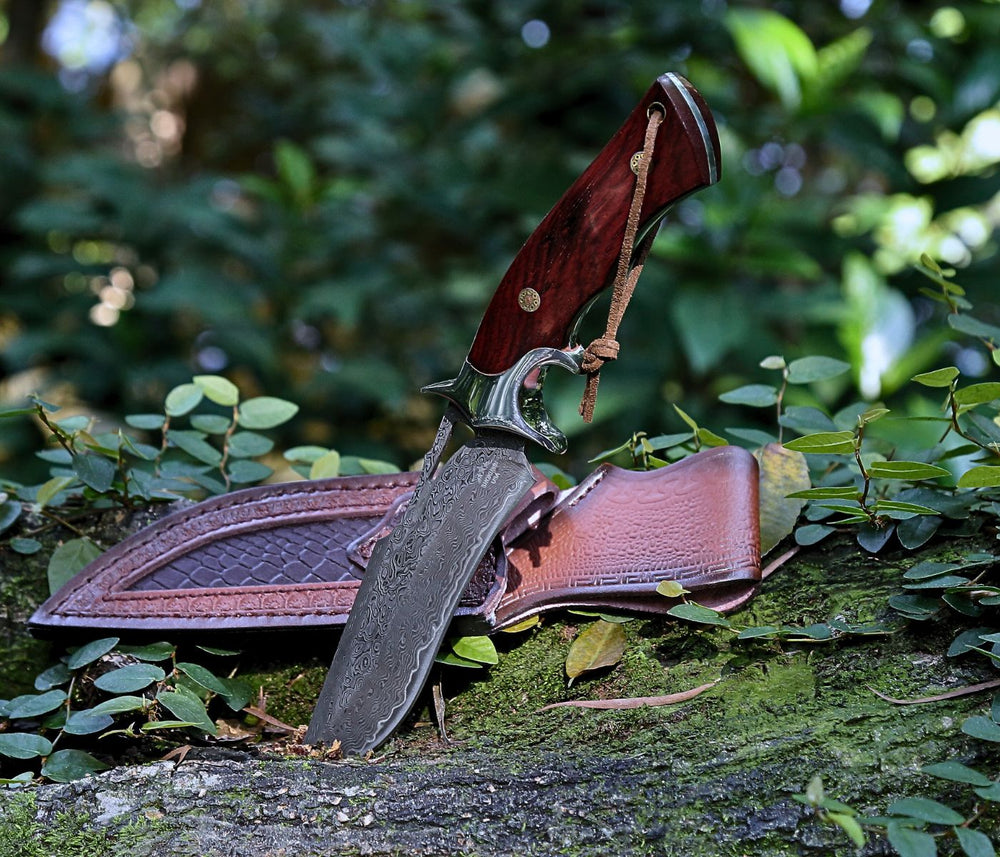
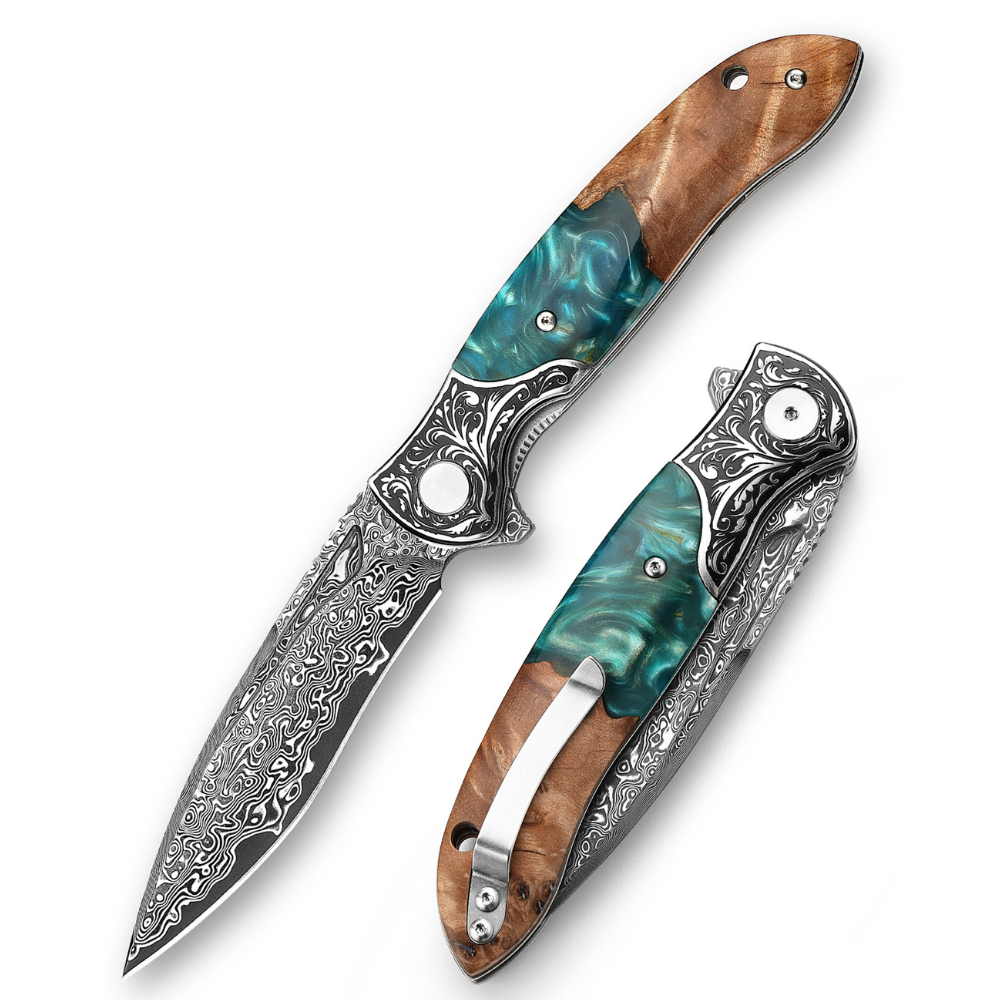
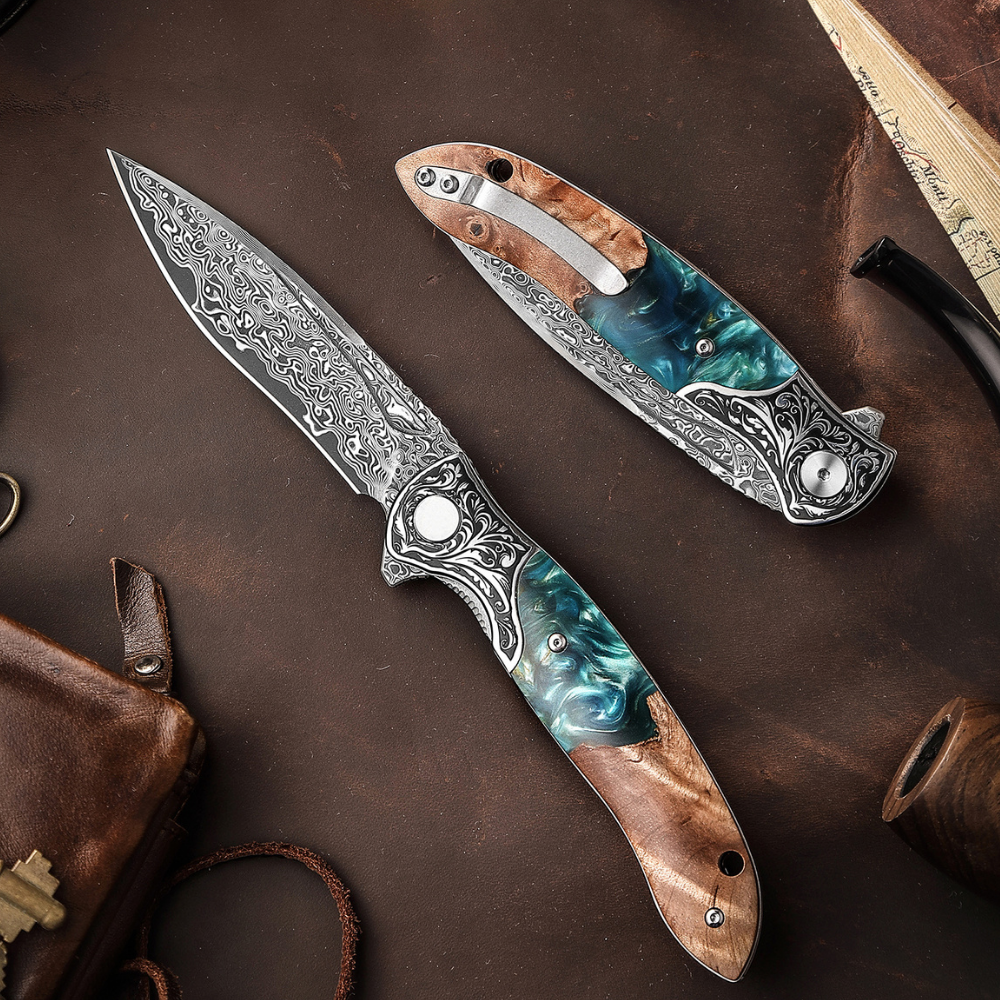
Laissez un commentaire